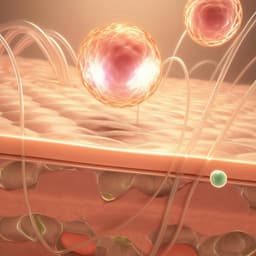
Environmental Studies and Forestry
Widespread and complex drought effects on vegetation physiology inferred from space
W. Li, J. Pacheco-labrador, et al.
This study conducted by Wantong Li and colleagues explores the intricate relationship between vegetation physiology and drought conditions using advanced remote sensing and machine learning techniques. The findings reveal significant physiological changes driven by drought, with a notable distinction between water-limited and wet regions. Understanding these dynamics is crucial for addressing ecosystem responses in the face of climate change.
Playback language: English
Related Publications
Explore these studies to deepen your understanding of the subject.







